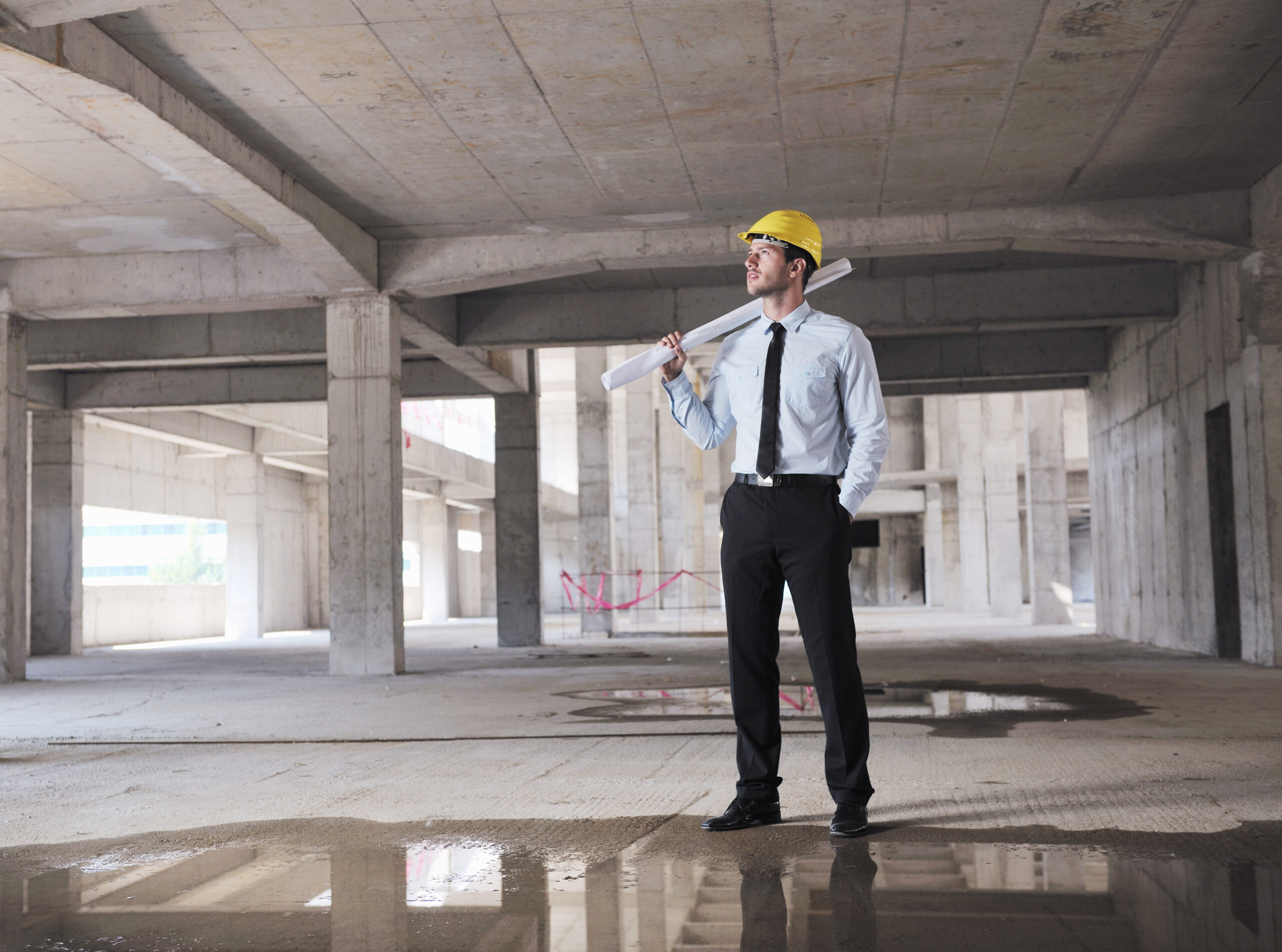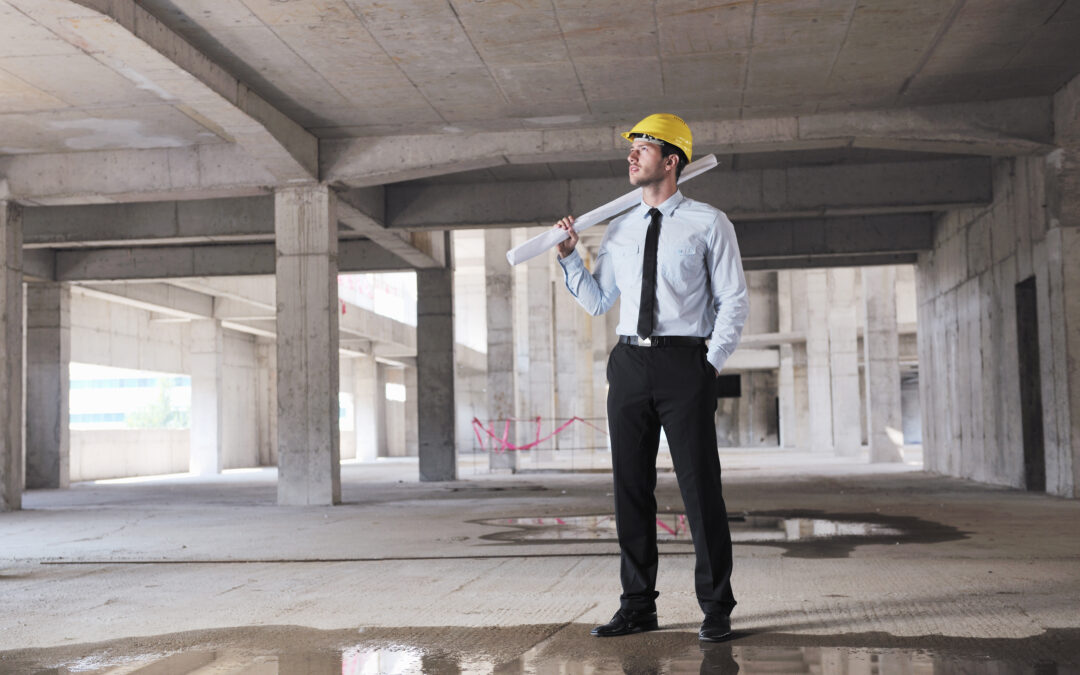As the world becomes more unpredictable, it’s increasingly important to be prepared for any emergency situation. Natural disasters can strike at any time and without warning, leaving you and your loved ones vulnerable if you aren’t properly equipped. In this article, we will discuss how to prepare for a natural disaster with a step-by-step guide that covers everything from creating an emergency plan to recovering after the storm has passed.
1. Introduction to Emergency Preparedness
The first step in preparing for a natural disaster is understanding what types of emergencies could occur in your area. This includes identifying potential risks such as hurricanes, earthquakes, floods, wildfires or tornadoes. Once you have identified these risks, it’s essential to create a comprehensive emergency plan that outlines what steps you should take in each scenario.

2. Creating an Emergency Plan and Kit
An effective emergency plan should include information on evacuation routes, safe meeting places, and communication protocols. It’s also crucial to have an emergency kit that contains supplies to help you survive during and after the disaster. Your kit should include items like non-perishable food, water, flashlights, batteries, first aid supplies, and extra clothing.
3. Preparing Your Home for Natural Disasters
To protect your home from natural disasters, there are several things you can do. For example, you may want to reinforce your doors and windows to make them more resistant to high winds or flying debris. You should also trim trees and shrubs around your property to reduce the risk of damage from falling branches. Additionally, consider investing in backup generators or sump pumps to prevent flooding.
4. Staying Safe During a Natural Disaster
During a natural disaster, it’s critical to stay informed about the latest developments and follow the instructions of local authorities. If you need to evacuate, do so immediately and take your emergency kit with you. Remember to avoid walking or driving through floodwaters, as they may contain hazardous materials.
5. Recovering After a Natural Disaster
After the storm has passed, it’s essential to begin the recovery process as soon as possible. This involves assessing the damage to your home and property, contacting insurance companies, and applying for government assistance if necessary. Be patient and take care of yourself mentally and physically during this challenging time.
Thank you for reading this post, don't forget to subscribe NOW for FREE!
In conclusion, being prepared for a natural disaster is vital to keeping you and your family safe. By following our step-by-step guide, you can ensure that you have taken all the necessary precautions to weather any storm.
Related Content
- How can I prepare my home for extreme weather conditions?
- Why is investing in a complete first aid kit so important?
- How to Build and Maintain a Rainwater Collection System
- Preparing for the Worst: A Comprehensive Guide to Disaster Preparedness
- What Supplies And Tools Do I Need For Emergency Preparedness?






